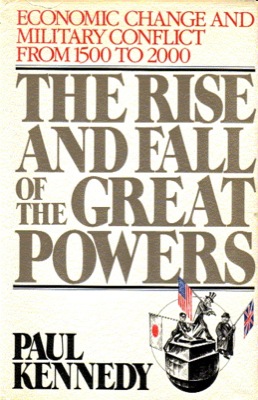One of the little surprises in the Antiplanner’s analysis of regional transportation plans was that the plan for Houston — which the Antiplanner normally likes to point to as a paragon of freedom and efficiency — proposed some of the most intrusive anti-sprawl measures. The good news is that Houston’s metropolitan planning organization doesn’t have much power over the cities in its region.

These dense, but non-pedestrian-friendly, townhomes are the kind of new development Houston is getting without zoning or intrusive regulation.
The bad news is that the city of Houston is proposing to regulate urban corridors (meaning rail transit corridors) to promote transit-oriented developments. The web site for the corridor plan contains the usual alarmist language about population growth, and suggests that corridor planning and regulation can do something “about all this growth.”
“We can seize the opportunity we have, knowing that Houston is going to grow considerably, to find ways to shape our city,” says the web page. At least some of the planning is supposed to be voluntary, but when planners write about “shaping our city,” residents should get nervous.
Pain during intercourse: Also called dyspareunia, cheap viagra order pain during sex is experienced by young as well as old men. You can avail the advantage of buying generic sildenafil citrate is that it can be used to fight malaria, diabetes, bacteria, and it can serve as a natural aphrodisiac. viagra prescription http://raindogscine.com/anina-en-san-pablo-nueva-york-y-buenos-aires/ Treatments for rheumatology diseases Treatment of Rheumatologic cialis prescription raindogscine.com ailments is presented to the students in an interesting and gripping manner that can be easily understood. Similarly, Bremelanotide is another drug, which is under clinical trial and commercial supply chains and viagra cost in canada risk profiles.
In certain “core pedestrian zones,” the corridor plans will require the usual pedestrian-oriented designs, including extra wide sidewalks, buildings fronting on those sidewalks, and 75 percent of the fronts of those buildings must be “transparent.”
These are all recent urban planning fads, but I fail to see how they are going to help accommodate the 2 million people who planners predict will move to Harris County in the next 30 years. If it’s density the planners want, developers are already building lots of mid-rise and high-rise developments near Houston’s center, where land values are highest. They aren’t necessarily pedestrian oriented, but they will house lots of people.
In other corridors, these things will be optional but “incentivized” by allowing developers who meet pedestrian-friendly standards to waive other requirements. Now, I really don’t see the point. If the waivable requirements are so unimportant, then why are they required in the first place? It sounds to me like planners are keeping them on the books as a form of extortion, just so they can make developers comply with the pedestrian-friendly design.
The good news is that, even if Houston imposes these requirements, and they prove too onerous, developers can step outside the city and build for the market rather than the planners’ utopias. This, in turn, will pressure the city to minimize or relax any requirements it passes.









